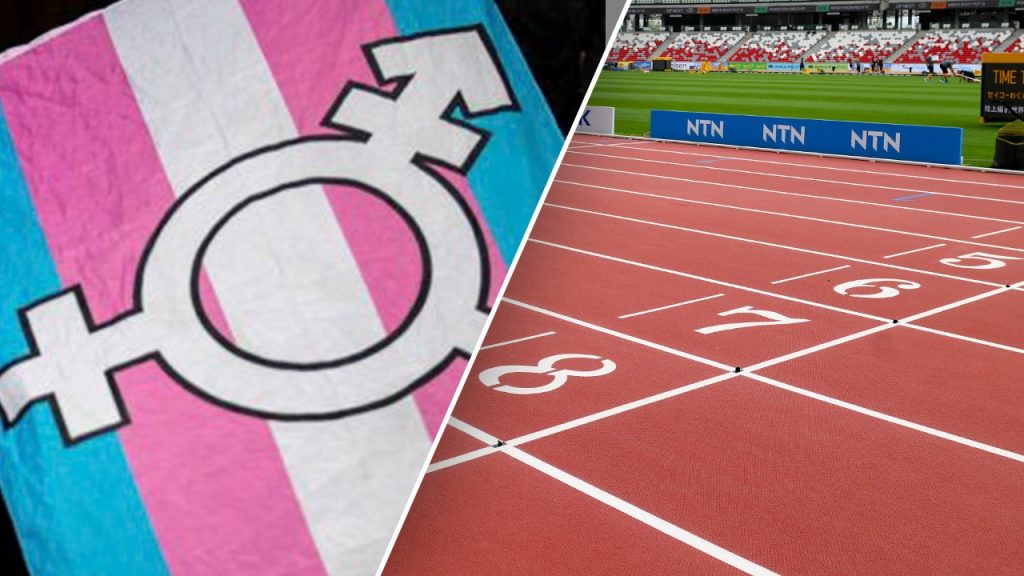College sports, a cornerstone of American culture, have historically united people of diverse backgrounds, fostering a sense of shared patriotism and tradition. Title IX, enacted in 1972, revolutionized this landscape by ensuring equitable opportunities for women in athletics, granting them access to scholarships, fostering essential life skills like teamwork and discipline, and opening doors to educational and career advancements. This landmark legislation has undeniably shaped the lives of millions of women, contributing to a more inclusive and equitable sporting arena. However, recent administrative interpretations of Title IX have sparked controversy and raised concerns about the future of women’s sports.
The Biden administration’s initial proposal to revise Title IX regulations, aiming to include gender identity in its scope, drew significant criticism. Opponents argued that allowing transgender women to compete in women’s sports would erode the level playing field established by Title IX, potentially jeopardizing women’s safety and competitive fairness. While the administration eventually rescinded this proposal, the intent behind it ignited a national debate about the balance between inclusivity and protecting the integrity of women’s sports. The concern remains that the original purpose of Title IX, ensuring equal opportunities for women based on biological sex, could be undermined by future policy changes.
The Protection of Women and Girls in Sports Act (S. 9) has emerged as a legislative response to these concerns. This bill seeks to reaffirm the original intent of Title IX by explicitly defining gender based on biological sex at birth. This clarification aims to prevent situations where biological males could compete in women’s sports, potentially displacing female athletes and creating an uneven playing field. The bill further aims to protect women’s privacy in locker rooms and other shared spaces, addressing concerns raised by the inclusion of transgender individuals. Supporters of the legislation argue that it is crucial to preserve the integrity of women’s sports and ensure the safety and fairness of competition.
The debate surrounding transgender athletes’ participation in women’s sports reflects a broader societal discussion about gender identity and inclusivity. While proponents of inclusion emphasize the importance of respecting and accommodating transgender individuals’ rights, critics express concerns about the potential impact on women’s sports. They argue that biological differences between males and females create inherent advantages in athletic competition, and allowing transgender women to compete against cisgender women could create an unfair playing field. This debate raises complex questions about how to balance the rights and needs of different groups while preserving the integrity of competitive sports.
The Protection of Women and Girls in Sports Act represents one approach to addressing this complex issue. By anchoring Title IX’s definition of gender in biological sex, the bill seeks to maintain a separate category for women’s sports, ensuring that female athletes have the opportunity to compete against other biological females. While this approach aims to protect women’s sports, it has also drawn criticism from those who argue that it discriminates against transgender individuals and denies them the opportunity to participate in sports consistent with their gender identity. Finding a solution that respects the rights of all individuals while preserving fair competition remains a significant challenge.
The future of Title IX and the landscape of women’s sports are at a critical juncture. The Protection of Women and Girls in Sports Act and similar legislative efforts across the country reflect the ongoing debate about how to balance inclusivity with the preservation of women’s sports. The outcome of this debate will have significant implications for female athletes and the future of competitive sports. Finding a path forward that respects the rights and needs of all individuals while maintaining fair and safe competition is crucial for the future of sports and the broader societal conversation about gender identity and inclusion.

